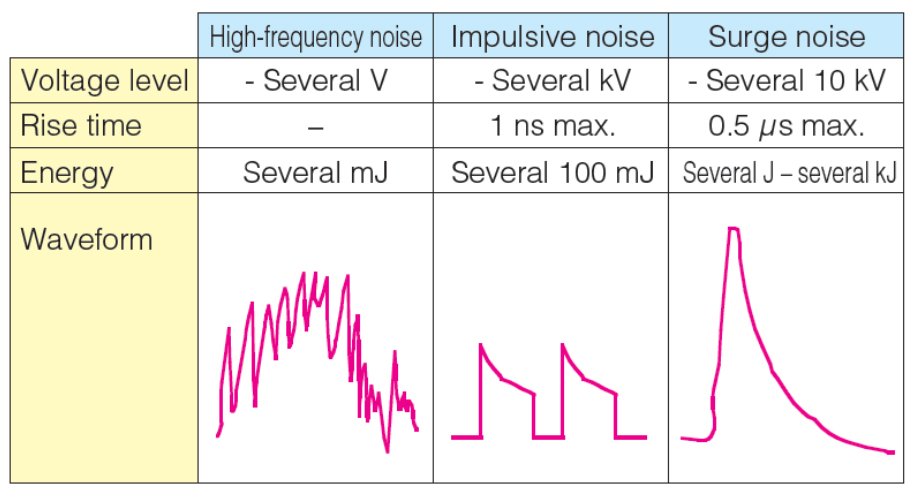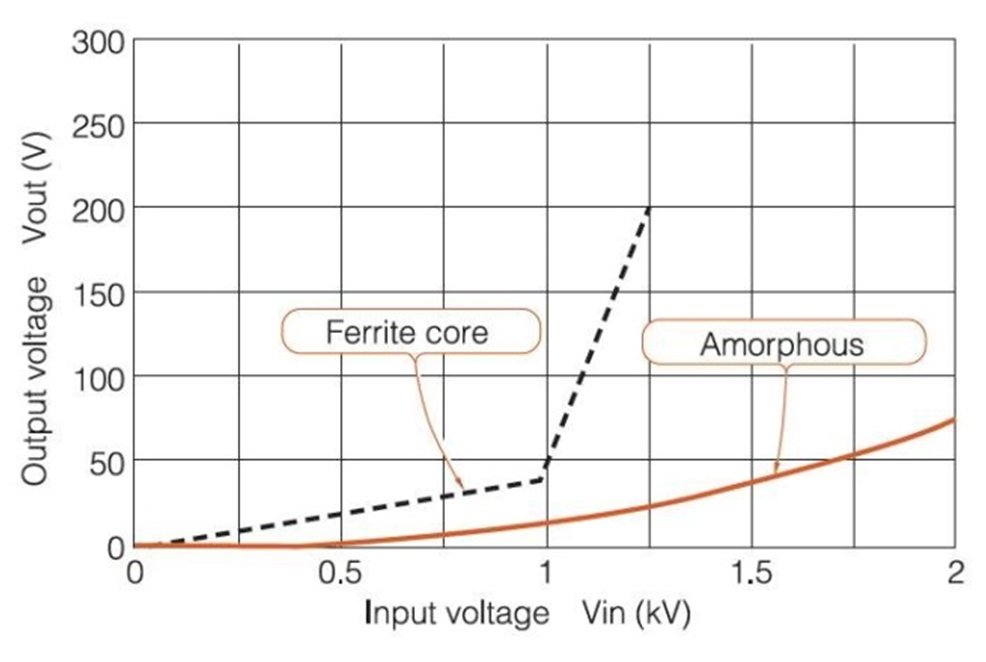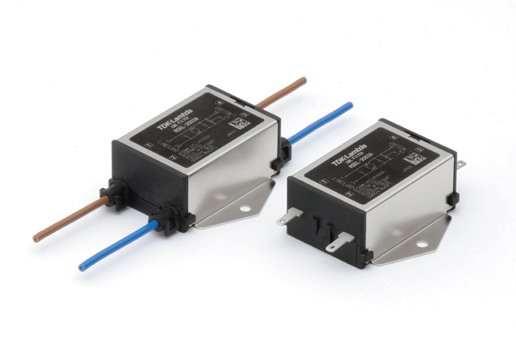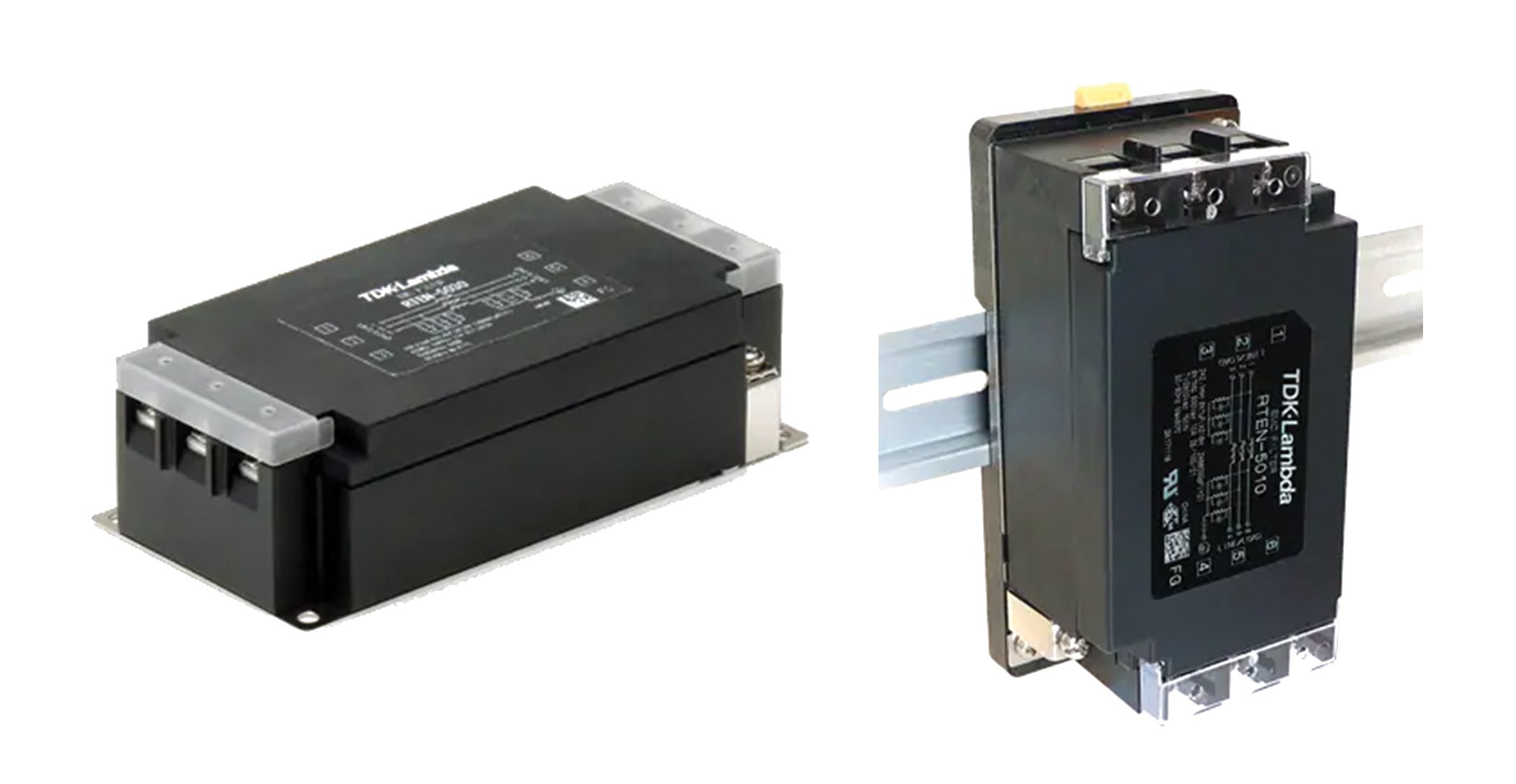Thursday, June 27, 2024
In addition to EMI (Electro Magnetic Interference) reduction, some EMC line filters are able to provide protection against input transients. These external influences can come from a number of sources and their energy level (measured in Joules) varies accordingly.
High frequency noise is usually generated by power supplies and motor drives. The voltage level is small and the energy level minimal - only several mJ (milli joules). This can be easily handled by a standard EMI/EMC filter.
Impulsive noise is generated from relay switching or induction motors. Voltages can be in the thousands of Volts with an energy level of hundreds of mJs, significant enough to cause problems with a power supply. Although the IEC 61000-4-4 standard covers product immunity to electrical fast transient voltages on the input lines, the test limits for this are only ±2kV. For more noisy environments, a filter containing additional protection is recommended.
Surge noise is caused by lightning, and can have significant energy content (see Figure 1). The voltage is very high, in the tens of kVs. This level of energy is best clamped using special lightning arresters.

Figure 1: Transient energy of surges
TDK-Lambda uses amorphous cores to reduce impulsive noise spikes, rather than metal oxide varistors (MOVs) or voltage dependent resistors (VDRs). MOVs clamp spikes, but degrade over time following multiple line surges. Amorphous cores are made from very thin (μm) ferromagnetic amorphous metal strips wound to form a doughnut shaped core, and do not degrade.
Although the ferrite cores used in most EMI/EMC filters do reduce the amplitude of voltage spikes, they can saturate and cause a significant decrease in attenuation.
Figure 2 shows a comparison between a ferrite core and an amorphous core. It can be seen that the amorphous core out performs the ferrite core.

Figure 2: Comparison of ferrite and amorphous cores
TDK-Lambda has a number of line filters that use amorphous cores, ranging from the low current, 250Vac rated RSAL series (Figure 3) to the 500Vac 3-phase rated 6A to 60A RTAN.

Figure 3 RSAL filter

Figure 4: RTAN filter
Power Guy





